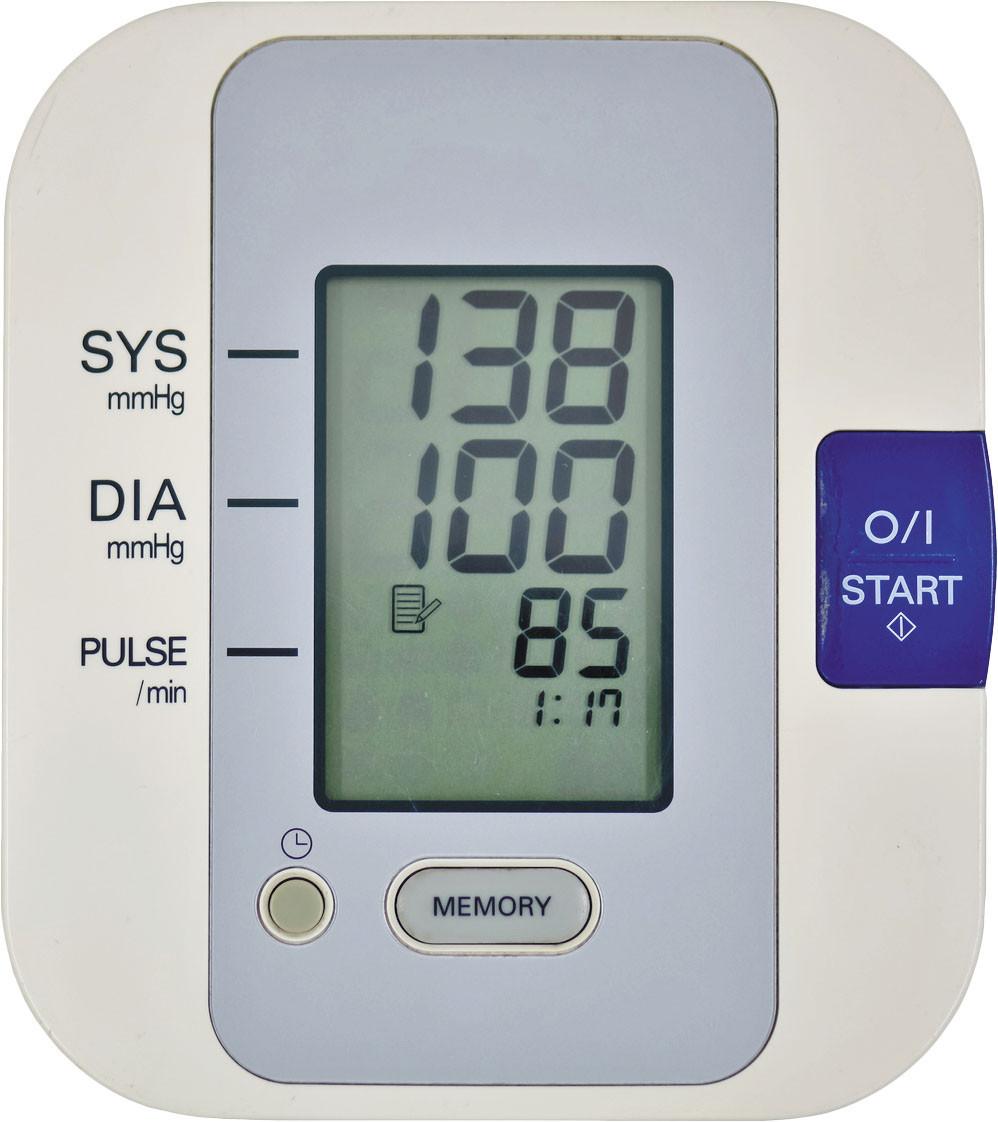How to interpret the three key metrics you see on your device—plus tips on getting accurate readings
By Catherine RobertsWhen you shop through retailer links on our site, we may earn affiliate commissions.100% of the fees we collect are used to support our nonprofit mission.Learn more.
Getting an accurate reading on a home blood pressure monitor requires a certain amount of effort. First off, you need an accurate device. Resources like CR’s blood pressure monitor ratings and the American Medical Association’s Validated Device Listing can help you find a good one.
Then there are important steps to take, once you have your monitor, to make sure your readings are accurate. (Read more about that below.)
But what do the readings on a blood pressure monitor mean? We break down the three key metrics displayed on home blood pressure monitors.
Illustration by: Sharon Seidl
Which Measurement Is Most Important?
It’s most useful to track systolic blood pressure, and systolic pressure is the basis for most guidelines, says Willie Lawrence, MD, chairman of the oversight committee of the American Heart Association’s National Hypertension Control Initiative and medical director of the Center for Better Health and Cardiovascular Wellness in Benton Harbor, Mich.
Increases in systolic pressure are more consistently associated with increases in disease risk when compared with diastolic blood pressure, according to the latest guidelines on blood pressure targets.
More on measuring blood pressureCR's Blood Pressure Monitor Ratings & Buying Guide How to Use a Blood Pressure Monitor Are Wrist-Cuff Blood Pressure Monitors Accurate? Best Home Blood Pressure Monitors of 2022Still, elevated diastolic pressure is also a risk factor for disease. If you have, for example, “normal” systolic pressure but “stage 1” diastolic hypertension, you would be diagnosed with stage 1 hypertension, according to current guidelines.
As for your pulse reading, there’s no hard and fast ideal number for your heart rate. It’s considered an indicator of how efficiently your heart can pump blood through your body, so a lower heart rate while at rest is generally an indicator of better physical fitness. But Lawrence says there’s no definitive target for it the way there is for blood pressure. Still, when you track it over time, changes in your normal heart rate could help indicate a heart condition, according to the American Heart Association.
Get an Accurate Reading
At-home blood pressure monitoring can give an important picture of your cardiovascular disease risk. But using the proper technique to get an accurate reading is crucial, Lawrence says. “Otherwise the blood pressures you get at home, they don’t mean anything.”
Procedures to follow include:
Top-Scoring Blood Pressure Monitors
Catherine Roberts
As a science journalist, my goal is to empower consumers to make informed decisions about health products, practices, and treatments. I aim to investigate what works, what doesn't, and what may be causing actual harm when it comes to people's health. As a civilian, my passions include science fiction, running, Queens, and my cat. Follow me on Twitter: @catharob.
